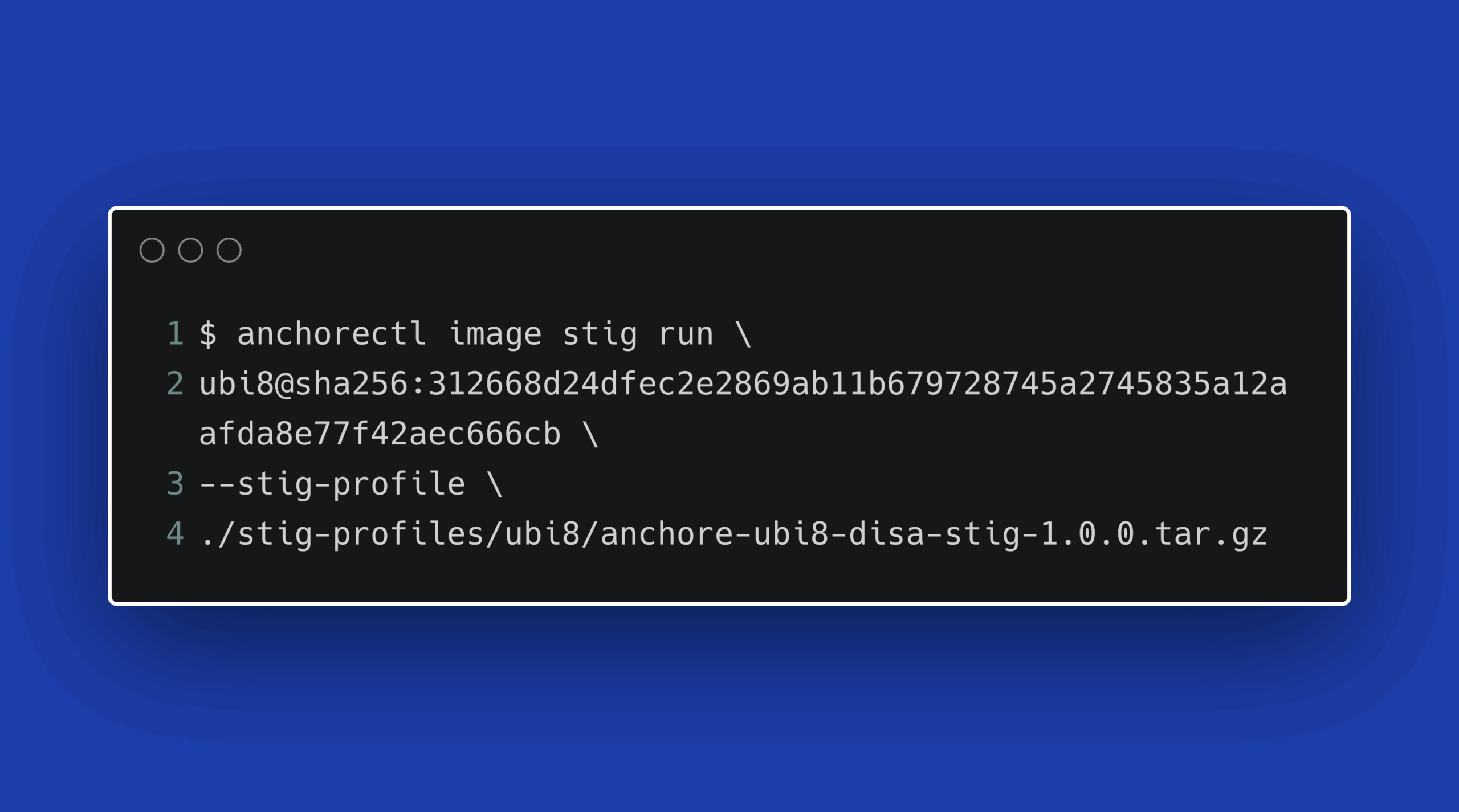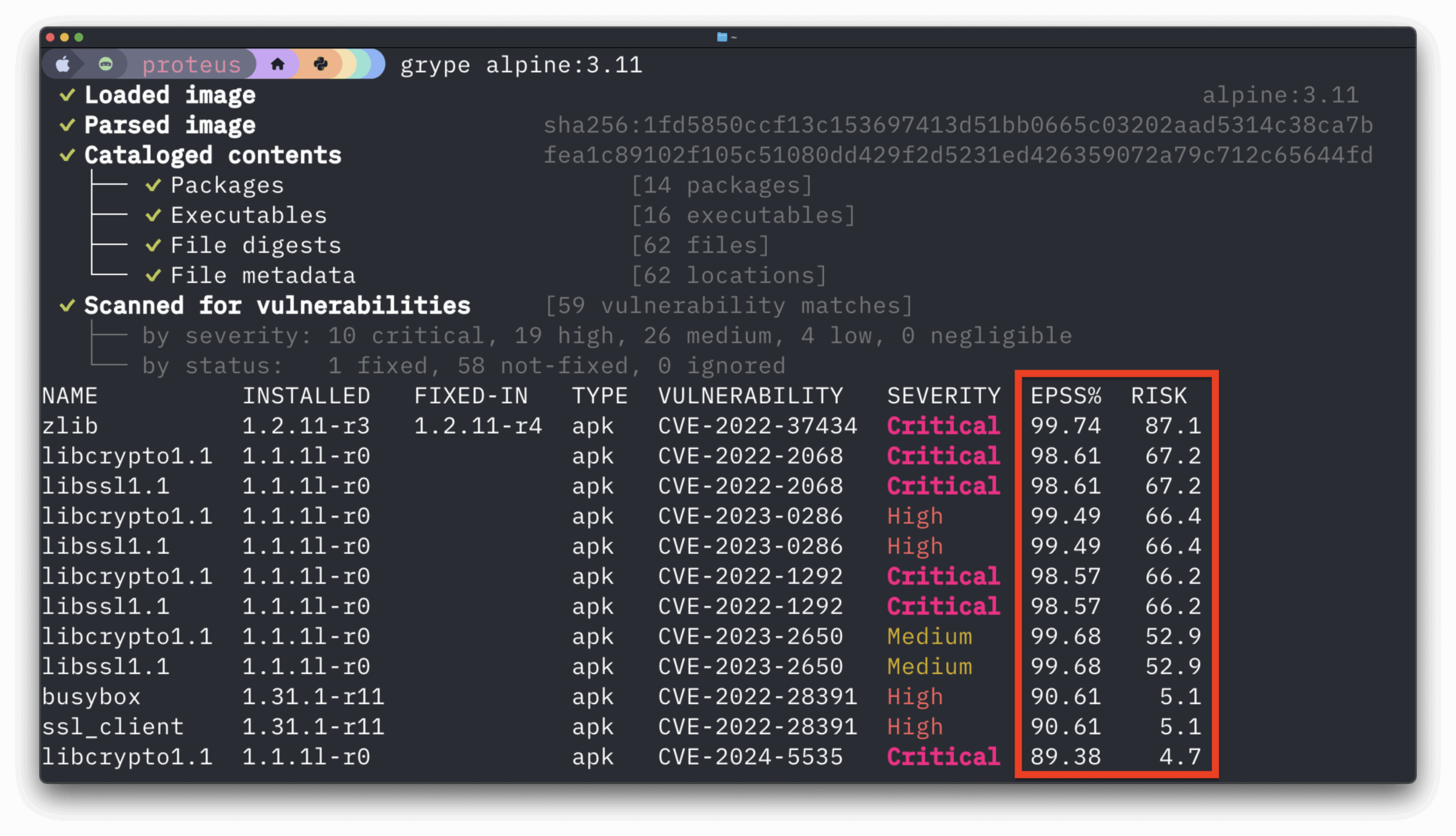Compliance is the practice of observing a set of standards for recommended security controls laid out by a particular agency or industry that an application must adhere to or face stiff penalties. Today, most enterprises have regulations to protect information and assets from the Center for Internet Security (CIS) to the Health Insurance Portability and Accountability Act (HIPAA). As with most things in compliance, it’s how an agency or company configures applications and services that counts. While vulnerability scanning and image analysis are crucial parts of container security, ensuring that images are compliant with organizational and industry regulations extends beyond merely looking for vulnerabilities.
NIST SP 800-190
An example of such an agency is the National Institute of Standards and Technology (NIST). NIST is a non-regulatory government agency that develops technology, metrics, and standards to drive innovation and economic competitiveness at U.S. based organizations in the science and technology industry. Companies that are providing products and services to the federal government are often required to meet the NIST security mandates. NIST provides guidance with Special Publication (SP) 800-190, which addresses the security concerns associated with application container technologies.
CIS Docker Benchmark
The Center for Internet Security (CIS), with its CIS 1.13.0 Docker compliance guide, provides a more general recommended compliance guideline. A CIS 1.13.0 policy bundle that addresses compliance regulations outlined by CIS is available in Anchore’s Policy Hub, making it simple to enforce these checks with Anchore out of the box. Many common CIS compliance checks have been implemented with the CIS policy bundle or have examples for end-users to customize. Still, all Anchore policy bundles can be extended or even have new bundles created that are tailored directly to application and industry recommendations.
Enforcing Compliance with Anchore
As outlined in this previous blog post written by our very own Jeremy Valance, enforcing compliance with Anchore is a straightforward and flexible way to adhere to varying industry regulations. Given the variance of compliance needs across different enterprises, having a flexible and robust policy engine becomes necessary for organizations needing to stick to one or many sets of standards. With Anchore, development and security teams can harden their container security posture by adding an image scanning step to their CI, reporting back on CVEs, and fine-tuning policies to meet compliance requirements. Putting compliance checks in place ensures that only container images that meet the standards outlined by a particular agency or industry will be allowed to make their way into production-ready environments.
You can find more information on working with Anchore policies here.



